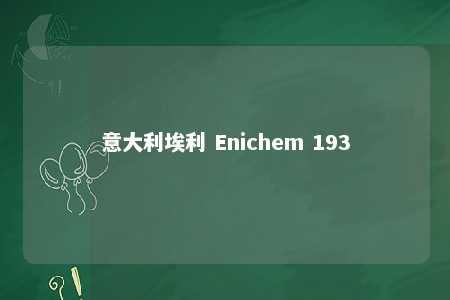聚烯烃树脂英文
Title: Exploring the World of Polyolefin Resins: Types, Applications, and Benefits
Introduction: Polyolefin resins, a class of thermoplastic polymers, have become increasingly popular in various industries due to their excellent properties and versatility. This article will delve into the types, applications, and benefits of polyolefin resins, highlighting their significance in today's market.

Types of Polyolefin Resins:
- Polyethylene (PE): Polyethylene is the most widely used polyolefin resin. It is categorized into low-density polyethylene (LDPE), linear low-density polyethylene (LLDPE), and high-density polyethylene (HDPE). Each type has unique properties suitable for different applications.
- Polypropylene (PP): Polypropylene is another popular polyolefin resin, known for its high strength, rigidity, and resistance to chemicals. It is available in several grades, including homopolymer, impact-modified, and long-chain branching grades.
- Ethylene Propylene Diene Monomer (EPDM): EPDM is a copolymer of ethylene, propylene, and a diene, offering excellent resistance to heat, ozone, and weathering.
- Ethylene Vinyl Acetate (EVA): EVA is a copolymer of ethylene and vinyl acetate, which is known for its flexibility, adhesion, and resistance to oil and fat.
Applications of Polyolefin Resins:
- Packaging: Polyolefin resins are extensively used in packaging applications, such as films, bags, and bottles, due to their barrier properties, durability, and ease of processing.
- Automotive: Polyolefin resins are utilized in automotive parts, including bumpers, dashboards, and interior trim, due to their lightweight, impact resistance, and flexibility.
- Construction: Polyolefin resins are used in construction applications, such as roofing membranes, pipes, and insulation materials, due to their durability, resistance to UV rays, and ease of installation.
- Electrical and Electronics: Polyolefin resins are employed in the electrical and electronics industry for insulation, coating, and encapsulation, thanks to their excellent electrical properties and heat resistance.
Benefits of Polyolefin Resins:
- Lightweight: Polyolefin resins offer a high strength-to-weight ratio, making them ideal for applications where weight reduction is essential.
- Versatility: These resins can be easily processed into various forms, such as films, fibers, and injection molding parts.
- Environmental friendliness: Polyolefin resins are recyclable, contributing to a reduced carbon footprint and promoting sustainable practices.
- Cost-effectiveness: Polyolefin resins are relatively inexpensive compared to other materials, making them an economical choice for various applications.
Conclusion: Polyolefin resins have emerged as a crucial material in today's market, thanks to their excellent properties, versatility, and cost-effectiveness. As technology continues to advance, the demand for polyolefin resins is expected to grow, driving innovation and new applications in various industries.





